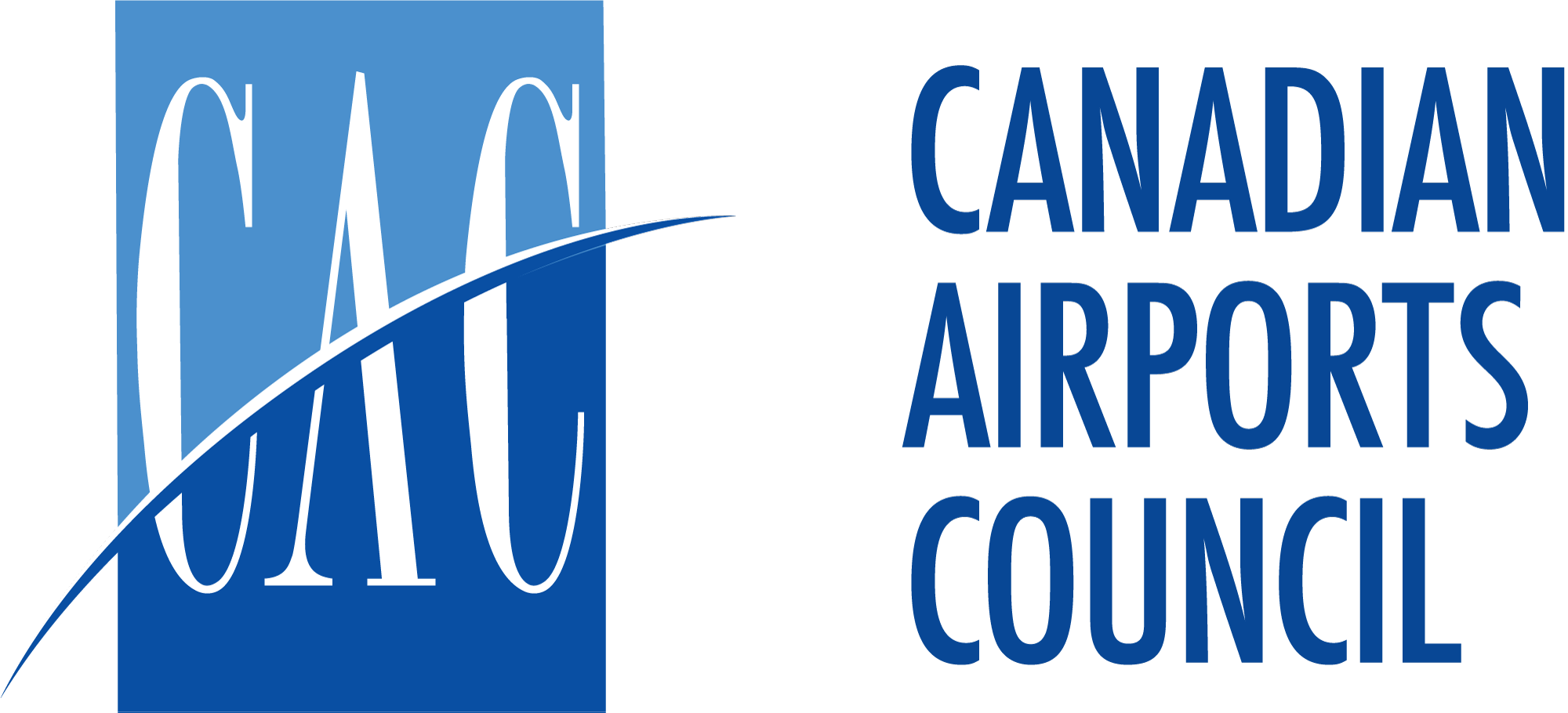In the early 1990s Canada took a unique path, retaining ownership of the land but transferring the busiest airports in the country from the federal government to 21 privately operated airport authorities under long-term leases as part of the National Airports System (NAS). An additional 71 regional airports, handling six percent of passenger traffic were identified as non-NAS airports, with both ownership and operations devolving to municipal, provincial governments or private sector interests. The federal government retains control of policy, setting, airport transfer agreements, airport certification and regulation.
Both NAS and non-NAS airports are locally-managed and are charged with considering the needs of not only their commercial air operators, but also travellers, shippers, general aviation and the needs of the broader local and regional economies.
Canadian airport revenue comes from three sources:
- Aeronautical Revenue: Landing and terminal fees charged to air carriers and general aviation tenants.
- Non-Aeronautical Revenue: Generated by businesses deployed and developed on airport land (hotels, shops, restaurants, parking, etc.).
- Airport Improvement Fees (AIF) on airline tickets: Used exclusively for capital infrastructure programs that benefit travellers and other airport users.
While aeronautical and non-aeronautical revenue sources are typically sufficient to maintain an airport’s existing operations, in Canada revenue from AIF makes up the difference required to support the kind of large infrastructure projects typically associated with an airport. Canada’s airports have invested more than $30 billion into airport infrastructure improvements since the early 1990s, almost exclusively raised through the AIF.
According to the World Economic Forum Report on Travel and Tourism Competitiveness, Canada has built the world’s best air transportation infrastructure, not only offering travellers high levels comfort and safety, but also ensuring sufficient capacity for new air routes and competitive choice in the market.
Canadian airports are diversifying their revenues by adding new retail, dining, beverage and other options for travellers. These new or expanded business lines allow airports to reduce their reliance on aeronautical income. This is one way airports are helping air carriers keep their costs low, savings that can be passed on to travellers.
Canada’s approach is based on the notion that direct users, not taxpayers, should shoulder as much of the costs of air transport as possible. Under this model, Canada’s airports are responsible for both operational and capital costs associated with operating, maintaining and growing airports to improve the experience for travellers and accommodate growth. Users bear more of the costs than they do elsewhere in the world, but since our airports operate on a not-for-profit basis, the system ensures that every cent is reinvested. With no shareholders to pay, airports invest all financial surpluses back into the airport, to benefit users and the communities they serve.
Canada’s airports are locally accountable, with boards of directors nominated by groups representing levels of government and local business and community interests.
Moreover, rather than taking funds from taxpayers as airports do in many countries, Canada’s airports pay back. For the 21 privately-operated airport authorities, the federal government collects up to 12 per cent of airport gross revenues in the form of rent. In 2019, Canada’s airports provided $419 million in federal rent – more than $6.5 billion transferred back to the federal government since 1992.

